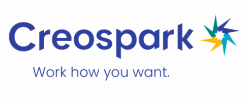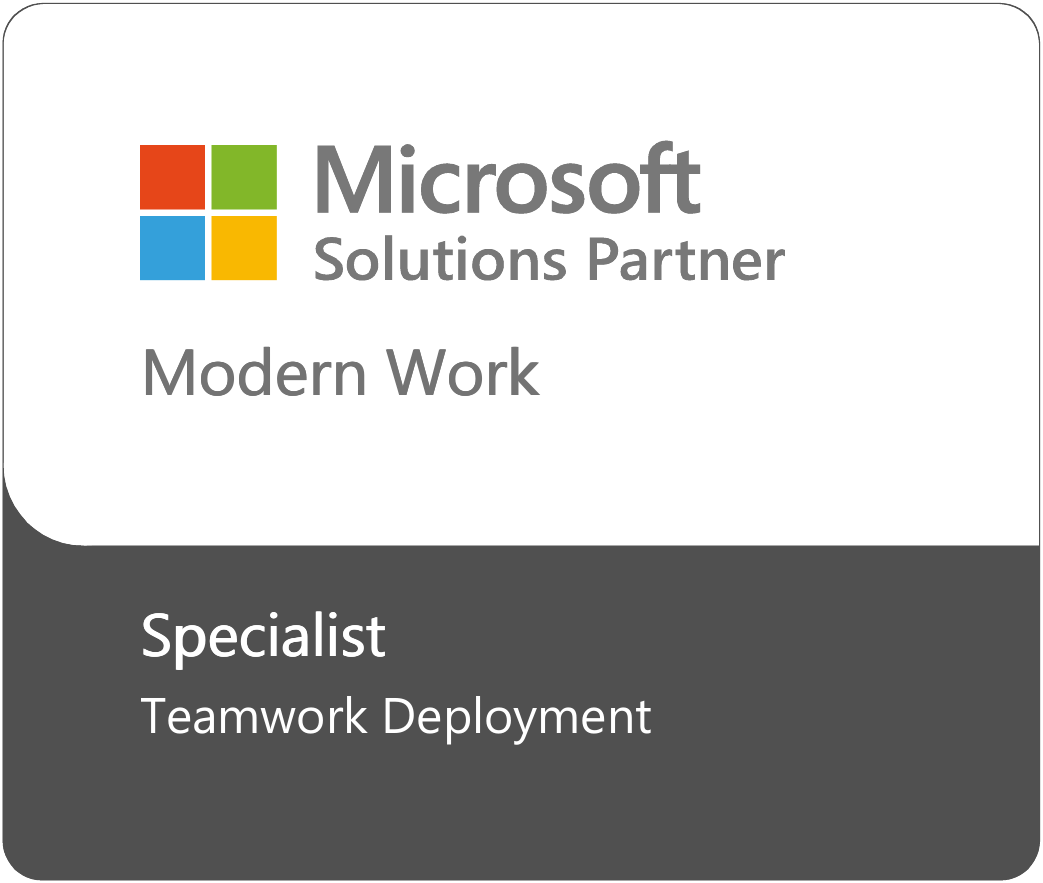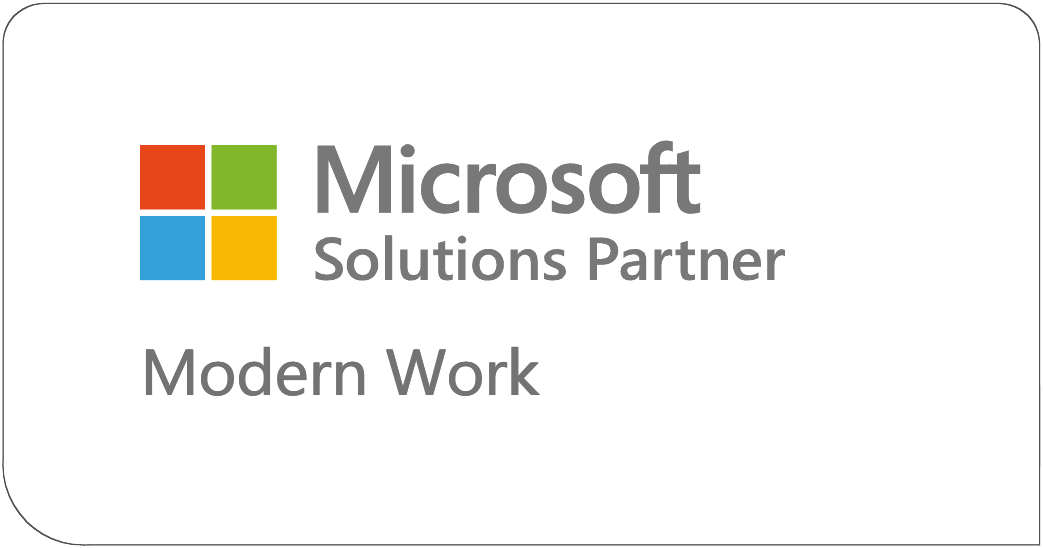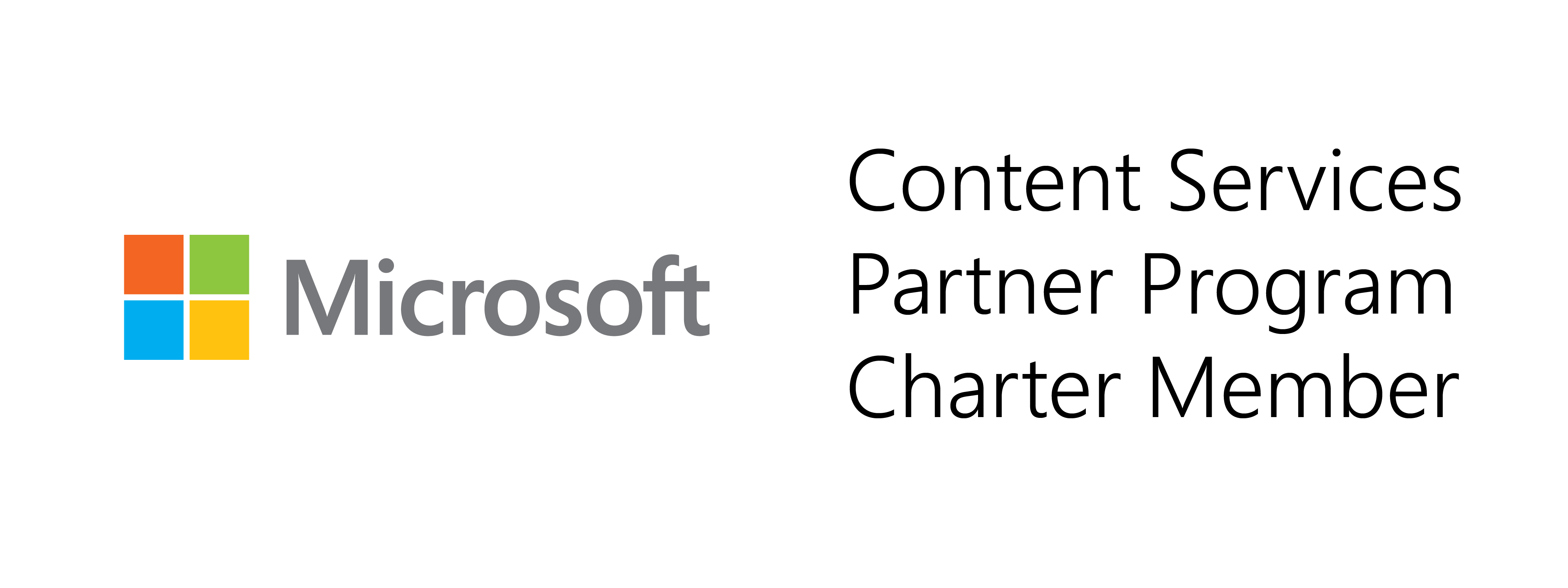How to Measure Success and Define ROI for a Digital Workspace?
A digital workplace is a virtual environment that provides employees access to a combination of communication, collaboration, and knowledge management tools that help them do their jobs from anywhere, at any time. To evaluate the success of your digital workplace, you must define and measure the proper quantitative measures and ROI that match your organization’s strategic objectives.
What is ROI and why is it important?
It’s interesting how we think of numbers and words as two separate concepts. We tend to discredit numbers as a language, but somehow, we still find meaning in numbers and think of them as valuable—and they are. Numbers can help us quantify quality and measure things that are too difficult to conceptualize with words. This also applies to measuring the success of your digital workplace.
To measure success, you need a language; however, you can imagine how saying something is successful doesn’t carry much weight. How is it successful? How did we arrive at the conclusion that it is successful? To measure success, you need evidence to back up your claim, and the best way to do that is to find the right numbers.
Usually, when it comes to business settings, the financial health of an organization is a priority because profit and revenue are the lifelines of every organization. By tracking ROI over time, businesses or individuals can determine whether their efforts generate the desired return and adjust their strategies as needed.
However, measuring success and defining the ROI of a digital workplace can feel daunting. We’re certain everyone agrees that having a successful digital workplace is essential, but in most situations, it’s not a direct source of income. Because a digital workplace doesn’t directly generate revenue, it’s hard to quantify success, but far from impossible.
What does the success of a digital workspace mean to you?
The definition of digital workspace success varies for every organization. When defining your ROI strategically, it’s wise to begin with the objectives that led to implementing the digital workplace tool and trace those to ensure alignment with company goals. Clarity about the metrics you want to measure is crucial to ensure that you define the appropriate metrics and accurately evaluate success.
Here are some of the primary objectives why an organization might consider adopting a digital workplace:
- Enhancing communication
- Improving productivity
- Increasing collaboration
- Improving employee engagement
- Improving employee retention
- Speeding up employee onboarding time
Let’s say your organization wants to improve employee engagement as a strategic goal. In that case, the metrics you choose should effectively measure your employees’ motivation, satisfaction, and commitment levels. On the other hand, if your objective is to increase productivity throughout the organization, your metrics must assess how your digital workplace enhances efficiency, collaboration, and accessibility to information and resources for your employees. By selecting appropriate metrics, you can accurately evaluate the effectiveness of your efforts to meet these goals and make necessary improvements.
How to measure success and define ROI for a digital workplace?
After setting your company objectives and identifying the appropriate metrics for your digital workplace, the next step is gathering data on these metrics to evaluate how your digital workplace contributes to achieving your goals over time.
To calculate your ROI, you need to determine the costs involved in implementing your digital workplace, including software, hardware, implementation, and ongoing maintenance expenses, and weigh them against all the benefits of adopting a digital workplace. Microsoft’s ROI Calculator is an excellent tool to begin estimating your return on investment.
Although measuring the impact and ROI of a digital workplace is not always straightforward, you must identify and monitor specific metrics or key performance indicators (KPIs) to better understand the value of implementing a digital workplace. These KPIs may include metrics significant in increasing employee engagement, productivity, and cost savings across the organization.
Fortunately, Microsoft offers several Out-Of-The-Box (OOTB) SharePoint reporting options to its clients, which are highly effective for measuring primary success metrics. Among these options are the Microsoft 365 Administration Portal, Reporting APIs, and the Microsoft Purview Audit Log. These tools can provide valuable insights and help track progress toward your organization’s goals.
Data analytics tools like Power BI can assist you in generating visualizations and dashboards that show data related to your chosen KPIs. This will allow you to track progress over time and identify improvement opportunities. To find out more about these tools we recommend you to watch our webinar, Measuring the ROI & Success of Your Intranet | Turn data into action
Measure success and define ROI for your intranet
When it comes to implementing intranet software, measuring its benefits and value can be a challenging task. By monitoring specific metrics, like cost savings resulting from increased productivity, you can better understand the importance of implementing an intranet and prove it’s worth the investment.
To begin evaluating the success of an intranet, start by restating the primary strategic objectives of implementing it and identify the KPIs best suited to achieve these objectives. Once you’ve established your goals and KPIs, it’s time to start collecting data to evaluate the impact of your intranet and calculate the ROI.
These metrics can also help you identify gaps and start improving your intranet to best serve your users and your goals. This approach allows you to optimize their intranet and ensure it continues to deliver value in the long term.
What KPIs to track?
When it comes to measuring the success of an intranet effort, there are different KPIs and metrics to measure, depending on the objectives of each team and department involved. To simplify this process, we can categorize site owners into three groups: Digital Workspace Owners, HR and Operations, and IT.
Digital Workspace Owners are primarily focused on content consumption, and therefore the following metrics are crucial to track:
- What content is being consumed and how team members are using it
- How many times stories are being viewed, and by what types of team members
- What content isn’t being viewed, and is it still relevant?
- Page views
- Percentage of team members that consumed content
HR and Operations also play a crucial role in the success of an intranet, and the following KPIs should be monitored:
- Content messaging insights: Metrics that help uncover what content isn’t reaching certain groups or types of team members, to better understand the challenges of content access. Do certain regions or locations access specific content?
- Collaboration insights: Track sites and content that’s shared across different teams, departments, and regions.
- Retention: Find out if there is a correlation between any groups experiencing an increase in leaving the organization and intranet use.
Finally, IT is mostly concerned with the technical aspects of supporting an intranet environment, and the following metrics are important to track:
- Security tracking: Track external guest activity, external file sharing, and monitor sensitivity label content.
- Data protection: Track what information is being shared or obfuscated.
- Intranet health: Monitor the overall health of the intranet environment.
- Content management: Track inactive content throughout the tenant.
By tracking the appropriate KPIs and metrics for each group, you can gain insights into the success of your intranet effort and make data-driven decisions to improve it.
Best practices to improve the ROI of your intranet
Once you have measured the ROI of your intranet and identified gaps, it’s important to take steps to improve its quality and align it with your organization’s strategic objectives to maximize its lifetime value. Here are a few ways to tackle this:
- Optimize content: Keep the content on your intranet up-to-date, relevant, and easy to access. This will help increase engagement and productivity among users.
- Encourage collaboration: The intranet can be a powerful tool for collaboration, so encourage employees to use it for tasks like document sharing, project management, and team communication. This can lead to better teamwork and more efficient workflows.
- Personalize the experience: Tailor the intranet experience to the specific needs of each user. For example, create personalized dashboards that provide quick access to frequently used tools, information, and resources. This can increase user engagement and help employees complete tasks more quickly.
- Ensure easy access and user experience: Easy access to company resources and a smooth user experience are critical aspects of intranet adoption. Ensure that the navigation is easy to use and intuitive. Users should be able to find what they are looking for without too much effort.
By focusing on these areas, you can improve the quality and effectiveness of your intranet, ultimately leading to increased productivity and ROI.
A quick recap
Measuring Success and defining ROI for a digital workplace through the appropriate KPIs is crucial to determine the effectiveness of the tool and its contribution to achieving the organization’s strategic objectives. By identifying the primary objectives for adopting a digital workplace and selecting appropriate metrics, businesses can evaluate how the tool enhances communication, employee engagement, and productivity. Measuring the success of a digital workplace may not always be straightforward, but with the right metrics and tools, businesses can accurately evaluate the value of implementing a digital workplace and adjust their strategies accordingly.
Related Posts
Subscribe our newsletter
Enter your email to get latest updates.
















